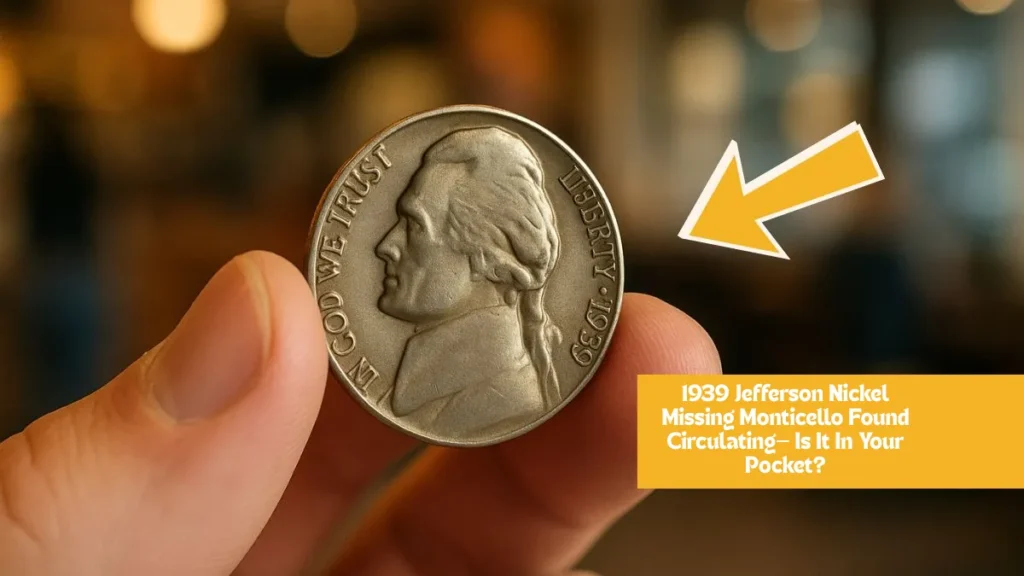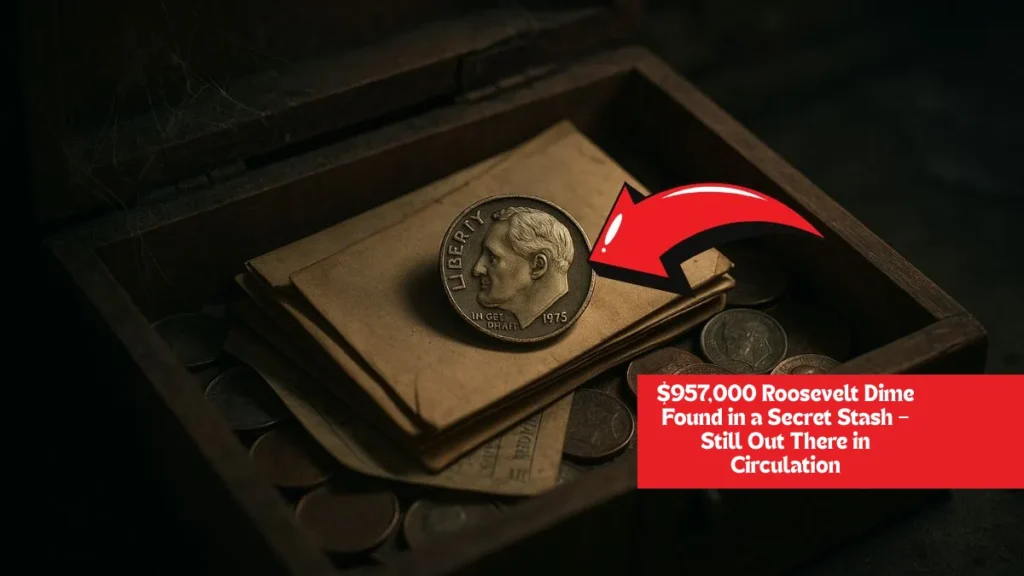It may sound like a headline ripped from a movie script: a penny potentially worth $180 million, quietly circulating among everyday pocket change. But in the fascinating world of numismatics (coin collecting), truth can be just as strange — and far more valuable — than fiction. So, is there really a Lincoln Wheat Penny worth that much? Let’s explore the coin, the history, and why some experts believe one rare penny could command a price that rivals fine art or rare cars.
What Is a Lincoln Wheat Penny?
First minted in 1909 to honor the 100th anniversary of Abraham Lincoln’s birth, the Lincoln Wheat Penny features the 16th president on the obverse and two wheat ears on the reverse. These coins were minted until 1958, and while most are common, a few rare errors and low-mintage years have become legends among collectors — with valuations reaching well into the millions.
Could a Lincoln Penny Really Be Worth $180 Million?
Yes — under the right conditions.
While no Lincoln penny has yet sold for $180 million, coin experts agree that a combination of rarity, historical significance, perfect condition, and a high-profile auction could push a unique penny to that price point. Here’s how it could happen:
The 1943-D Bronze Wheat Penny – The Most Likely Candidate
The 1943-D Bronze Lincoln Wheat Penny is considered the holy grail of U.S. coin errors. During World War II, pennies were struck in steel to conserve copper for the war effort. However, a few bronze planchets (coin blanks) from 1942 were accidentally used in 1943.
Why It’s So Valuable:
- Only one authentic 1943-D bronze penny has been verified.
- Struck at the Denver Mint, making it rarer than the Philadelphia and San Francisco versions.
- It’s a perfect storm of minting error, historical context, and extreme scarcity.
- A previous sale in 2010 brought in $1.7 million, and experts now believe it could fetch tens or even hundreds of millions in the right auction setting.
If a second example were ever discovered, or if the known specimen resurfaced in pristine condition, it could absolutely command a valuation approaching $180 million, especially among elite private collectors or museums.
How to Know If You Might Have It
Yes, it could still be in circulation, sitting in a coin jar, drawer, or inherited stash. Here’s how to check:
- Look for the date: It should read 1943.
- Color matters: Most 1943 pennies are silver (zinc-coated steel). If yours is bronze or copper-colored, take a closer look.
- Magnet Test: A steel penny sticks to a magnet; a bronze one won’t.
- Mint Mark: A small “D” under the date stands for the Denver Mint — this is the rarest of the rare.
- Weight Test: A genuine 1943 bronze penny weighs about 3.11 grams. A steel penny weighs around 2.7 grams.
If your coin fits all the above, you may have a multimillion-dollar treasure.
What To Do If You Find One
If you suspect you’ve found the jackpot:
- Do NOT clean it — that can ruin its value.
- Use gloves or handle by the edges to avoid damaging the surface.
- Have it authenticated by a top-tier grading company like PCGS or NGC.
- Secure it immediately in a protective holder and consult an expert appraiser.
Why Would a Penny Be Worth $180 Million?
Several factors contribute to a coin’s astronomical value:
- Extreme rarity (like only 1 or 2 known in existence).
- Historical importance (wartime production changes, presidential symbolism).
- Condition (a “mint state” or uncirculated coin is worth far more).
- Collector demand (billionaires and museums drive auction prices sky-high).
When these elements align, a single coin — even one worth just a cent on paper — can sell for a price that rivals mansions, private jets, or rare paintings.
Final Thought: Is the $180 Million Penny Still Out There?
It’s entirely possible.
With billions of coins in circulation and most people unaware of what to look for, an ultra-rare Lincoln Wheat Penny could still be hiding in:
- A forgotten piggy bank
- A family coin collection
- A coin-counting machine
- Your pocket change
The only way to know for sure? Start checking your pennies.
Because the next time you glance at a humble 1943 Lincoln Wheat Penny, you just might be staring at $180 million in the palm of your hand.


